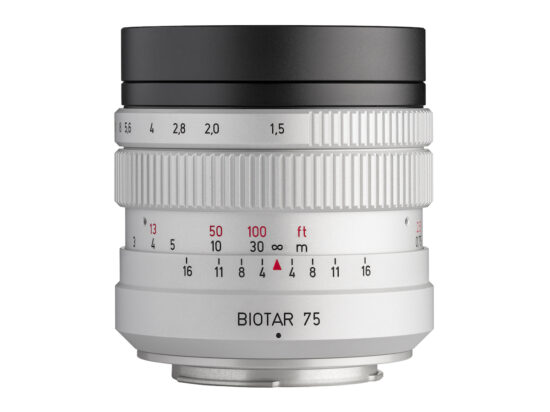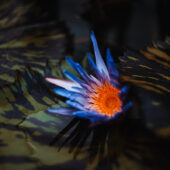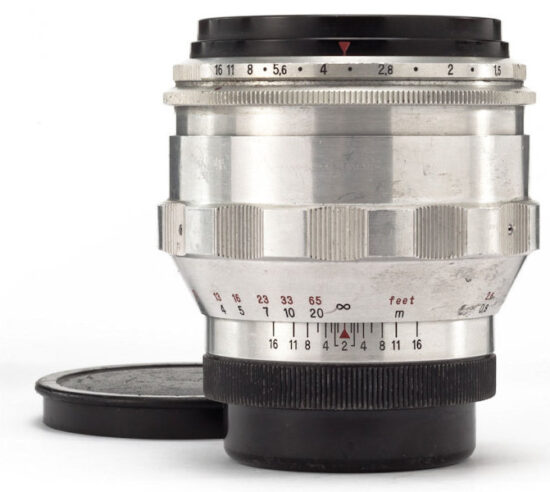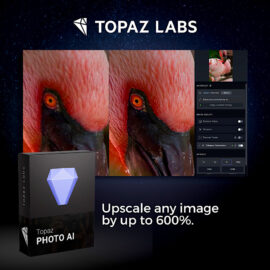
The previously reported new and improved Meyer Optik Görlitz Biotar 75 f/1.5 II lens for Canon EF/RF, Nikon F/Z, Sony E, Leica L/M, Fujifilm X, MFT, and Pentax K cameras is now officially released. Pre-orders are now open at B&H Photo (Meyer Optik Görlitz lenses are also sold at Adorama).
| Delivery time: | approximately 2 weeks |
| Focal Length & Aperture: | 75mm / f1.5 – f16 |
| Image circle diameter: | 60mm |
| angle of view: | 32° |
| Aperture blades: | 15 |
| Filter diameter: | 62mm |
| Optical construction: | 6 elements in 4 groups |
| Minimum object distance: | 0.75m |
| Housing: | Aluminum / natural anodized |
| Rangefinder coupling (Leica): | no (LiveView required) |
Sample photos:
The original Biotar 75 f/1.5 lens from the 1930s:
“In the 1930s, design genius Willi Merté created the original Biotar 75 f1.5. In no time at all, the lens gained a legendary reputation and achieved great success. Due to the Second World War and the high production costs for that time, the production of the popular Biotar 75 was discontinued very quickly. Its great popularity and the small number of well-preserved specimens at the same time make the Biotar 75 an extremely rare lens.”
Additional information:
Meyer Optik Görlitz – Biotar 75 f1.5 II available
Bad Kreuznach, Germany – August 31st, 2023 – Meyer Optik Görlitz releases the Biotar 75 f1.5 II, a new edition of the world-famous lens that has been announced for some time and expands its existing portfolio of high-quality character lenses with one of the most sought-after bokeh lenses in the world. The Biotar 75 II is available now and can be purchased directly from the manufacturer & from well-stocked photo retailers.
“We are very excited to be able to bring this wonderful lens to market, after some unforeseen circumstances that have caused several delays,” said Marco Pfeiffer, Managing Director Meyer Optik / OPC Optics. “Already the start of the Biotar series with the 58mm f1.5 II was very successful, and we expect our Biotar 75 f1.5 II to exceed this success by far again.”
About the Biotar 75
In the 1930s, ingenious designer Willi Merté developed the original Biotar 75 f1.5, and in no time at all the lens gained a legendary reputation and achieved great success. However, due to World War II and the high production costs for that time, the production of the popular Biotar 75 was discontinued quite soon. Its great popularity and the simultaneous small number of well-preserved units, make the Biotar 75 an extremely rare lens. A look at the optical construction of the new Biotar 75 f1.5 II reveals directly that it is again a Double-Gauss-lens with 6 lenses in 4 groups.
What does the Biotar 75 f1.5 II stand for?
The high image sharpness in the center, coupled with a strong swirly bokeh at open aperture, are the legendary imaging characteristics of the Biotar 75 f1.5 II. In swirly bokeh, highlights in the background are rendered circular and appear as if they are being pulled into a vortex. The sharpness in the center of the image and the wonderfully drawn bokeh in the blur give the subject a slightly three-dimensional feel. At the same time, the overall image appears somewhat delicate, which can create a great contrast in available light situations with clear shadows and highlights in the background. Capturing the historic imaging capabilities of the original Biotar 75 while optimizing the lens using the latest technologies was the main goal in redesigning our Biotar 75 f1.5 II. Thus, after intensive analysis and development, as well as several prototype tests, the best optical glass, a special AR coating and high-precision manufactured mechanical components are used.
A sharpness & contrast monster when stopped down
Even minimally stopped down (from f2.0), the Biotar 75 f1.5 II shows even more contrast, and between f/5.6 and f/8, the Biotar 75 f1.5 II reaches its maximum sharpness. In this respect, it makes many comparatively ‘young’ lenses look very old. Likewise, the color reproduction of the lens is very harmonious and balanced. Due to its almost apochromatic construction, there are no lateral chromatic aberrations, for example. Many photographers rave about the Biotar 75 f1.5 II and its capabilities that, going beyond portrait photography, can also be used perfectly in landscape and nature photography. Likewise, many wonderful fashion, sport, wedding, architecture and even macro shots are created with the Biotar 75 f1.5 II.
Top level mechanical design
The mechanical construction, which is based on the same principle as the previous new editions from Meyer Optik, offers an extremely pleasant feel, the value of which is immediately noticeable at first touch. The mechanical quality at the very highest level makes the Biotar 75 II, like its historical prototype, a lens for the ages. Compared to its various historical models (there were 3 different Biotar 75), the stepless & silent diaphragm is now composed of 15 steel blades and contributes to a particularly beautiful bokeh. Of course, as with all Meyer lenses, the mechanics of this lens series were sourced from established German precision engineering companies. The color scheme already introduced on the Biotar 58 II (natural anodized with black anodized accents), has of course been retained on the Biotar 75 II. Like all Meyer lenses, the Biotar 75 f1.5 II is assembled in the company’s own factory in the heart of Hamburg, using the most precise handwork.
Meyer Optik Görlitz lenses will be released also for Canon R and Nikon Z mounts
Two new Meyer Optik Görlitz lenses coming soon: Biotar 58 f1.5 II and Biotar 75 f1.5 II






















